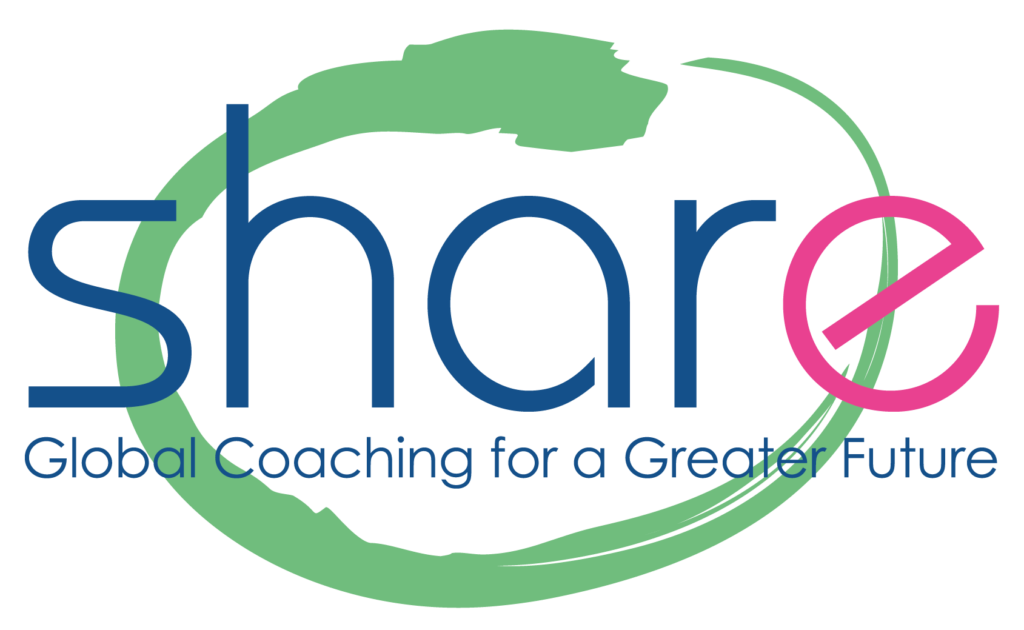THE PLASTICITY OF SELF
According to the Mirriam-Webster dictionary, being Authentic is to be “true to one’s own personality, spirit, or character.” Or, to be true to your “self” …but which “self”?
We may think that we know ourselves, that we are the combination of a series of traits and values which define us rather neatly. But let’s think for a moment how we change our attitude according to the different roles we play every day: as parents, sons and daughters, brothers and sisters, lovers, friends, employees, leaders…aren’t all of these declinations of our “self”? Don’t we adapt and respond to what stimulates us with even slight modifications of our posture?
Every experience touches us and brings forward traits of our personality that sometimes we may not even know we had. Age and maturity tap into corners of our character and nurture values that we may not have considered as a priority just a few years before. Our own heart opens and contracts depending on the love or pain that touches it. And isn’t all of that our “self”?
From this perspective then, could Authenticity be the capacity to accept the dynamic quality of all that we are, while choosing what to offer of ourselves and how to offer it each time?
LET’S START WITH ACCEPTANCE
Acceptance is as easy to say as it is difficult to practice. For the most part, we are not used to it. Instead, we are used to judge, pick apart, section, analyze and dissect ourselves, to the unfortunate end of giving us an extremely hard time, while focusing on what we should be, do, achieve. Not only that, more often than not, we want to do all of this according to a very narrow and rigid standard we try to fit in or live up to.
Well, if this past year and these current times are teaching us something, it is that the concept of “standard” doesn’t apply anymore, and certainties and categories are all up for debate. So, free from this weight, what about starting to leave ourselves alone and relax in whatever experience of our self we are having for a few minutes? Then maybe try expanding this experience to a few more minutes, hours, days, months, and perhaps build a habit out of it?
It may be worth spending some time just letting go to be, to listen and to observe. There’s nothing you should do, no action to take, no result to achieve. If anything, this is a practice of “inaction”, an abandonment of resistance to see what spontaneously emerges.
To make it clearer, let’s break it into stages:
Step 1. For a while, just sit back to watch the movie of your actions, your feelings, your spontaneous reactions and emotions and see what shows up in your daily life. Remember, just observe, you don’t have to act on them, just acknowledge them, like: “Oh look at you, you exist, ok”. And leave it at that. Exercise at accepting who you are. Because if we can’t intellectually grasp who our “self” is and every definition seems reductive, we can look at our “self” unfolding before our eyes, moment by moment, by observing what arises and leaving space for it to be.
Step 2. Every time you see or notice something, whether you like it or not, do not judge it. Let it be, leave yourself alone, don’t categorize, don’t label. This is hard, but it may help you realize how much additional pressure we put on ourselves, and how much harder we make it for us most of the time. Try not to be scared of what you find, or sad about what you don’t like. All of our emotions are here to give us a message, and it’s always wise to listen and be open to them. With time you will be able to identify where they come from (from love? fear? past traumas? your intuition?) and decide what kind of importance to give each one of them, how to interpret their message. For the time being, accept and let them live within you. Give yourself time and space and just acknowledge their presence.
Spoiler alert: this is a lifetime work. So, sit back and enjoy the ride, don’t rush and don’t get discouraged; it takes time, but the benefits will show and encourage you to keep going.
MOVING FROM ACCEPTANCE TO OWNERSHIP
Just to be clear, you don’t have to wait to have accepted every aspect of yourself before owning it. Acceptance and Ownership move together, hand in hand: the more you practice one, the more you will master both of them.
In this context, by “owning” we mean the capacity of choosing which aspects of yourself you want to offer to others, which doors you choose to open and which ones your wisdom tells you is better to keep closed for the time being. For instance, what to say and what to omit. That is why it is so important to start by practicing acceptance; otherwise, we may act from a place that is not so healthy for us or that doesn’t reflect what we really need or desire.
Moving on with our next steps:
Step 3. Do it your way. Try to liberate yourself from the idea that there is a “standard” you need to reach. Within an organization, every position, every role is “customizable”. What is most valued, especially at this moment in time, is the capacity of shaping it on you. If certain capacities are required for a certain function, this doesn’t mean that there’s only one way to do it. Your personal imprint would be the most valuable asset you offer to your organization and others around you, and it will guarantee the sustainability of the role you are taking on long-term, because you are respecting your nature.
Step 4. Give yourself internal space to respond to situations in the way that feels truest to you. When immersed in complex systems, like the workplace, we need to evaluate our response. It’s a matter of balance between all the components at play. Among them: your core values, your integrity, how you feel comfortable but also what you want to achieve, your desires, your audience, the spoken and unspoken rules of the organization, the greater good of yourself and others. Take time to feel everything, listen to your intuition, scan your thoughts, consider the constraints, and then choose how to respond, in a way that doesn’t feel like betraying who you are and what you believe in, but that also allows you to interact and work in a layered system where many interests play a role to reach your objectives.
Last but not least, authenticity must not be confused with “professional secrecy”, which is when some information is not to be shared either immediately or at all by the manager (for example wages, unless it’s the company’s policy to make wages public, or delicate negotiations that must remain available to a select group of people), as not to further compromise a situation. So, be careful with this distinction because it’s often a fine line.
AN EXAMPLE FROM MY EXPERIENCE
Many of the leaders I coach set for themselves the goal to “contain” their emotions in order to have more leadership presence.
The paradox that we face in this case is: if someone is emotional, how can we make sure that this “containment” does not result in coldness or indifference, showing a distorted image of them? How to help them to be in touch with their emotions but at the same time manage their feelings, not being owned by them?
In my experience, you can do both if you train yourself to “absorb” emotions. Which does not mean to “delete” them, but rather being like a surfer riding the wave and not hurting yourself by crashing into it. To be able to absorb your emotions, it is important to identify and accept them as a part of yourself, not as strangers who disturb you. Unfortunately, I notice that many treat their emotions as uncomfortable “things”, or do not treat them at all, ignoring them, with the consequence that they, unacknowledged, show up in even stronger and uncontrollable ways. The more you try to hide them, the more they pop out.
CONCLUSION
When you move up the ladder in your career, “being” rather than “doing”, becomes preponderant. This is because your executive presence and authenticity serve to motivate people from the heart, to show them that you are there for them, to guide them. This is what matters most, especially in difficult times.
I don’t know you, but I feel that these challenging months are giving us an opportunity: they are pushing us to graduate to a new level of maturity and wisdom, where rigidity and prefabricated solutions don’t work anymore, and we have to dig deeper to find our authentic, balanced response to the change and the growth ahead.
By Anna Gallotti & Selika Cerofolini



